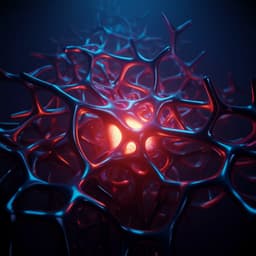
Computer Science
Localization and recognition of human action in 3D using transformers
J. Sun, L. Huang, et al.
Discover the groundbreaking BABEL-TAL dataset and the LocATe model that sets new benchmarks in 3D action localization! This innovative research, conducted by Jiankai Sun and colleagues, pushes the boundaries of 3D human behavior analysis with applications in HCI and healthcare.
Playback language: English
Related Publications
Explore these studies to deepen your understanding of the subject.







